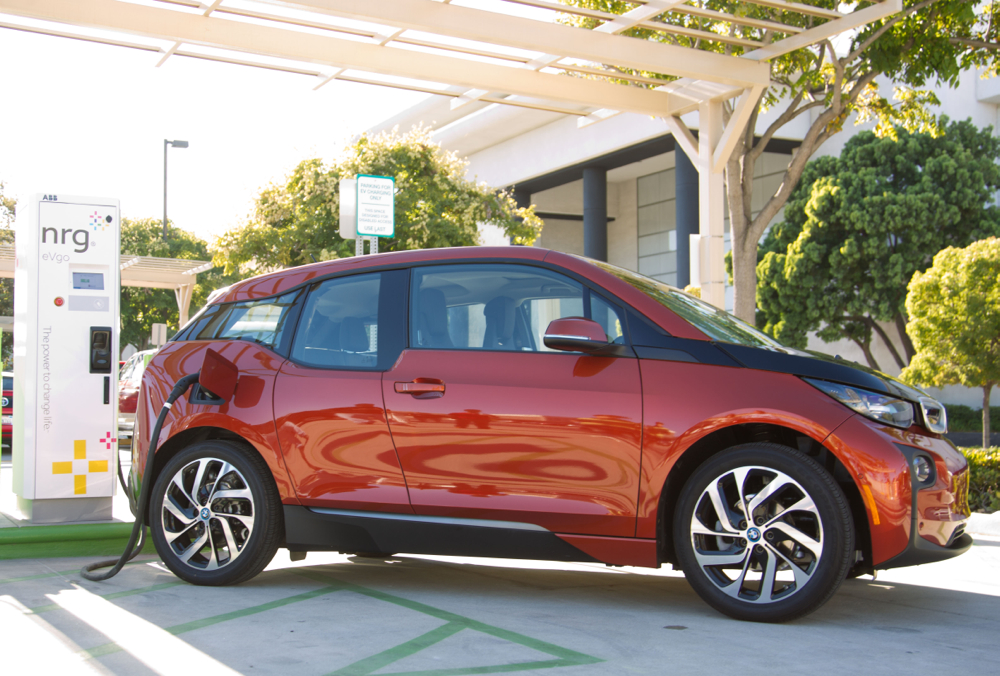Purchase rebates and tax credits have been a major factor in the growth of electric cars over the past few years.
By easing the price gap between electric and internal-combustion models--and providing the allure of a cash handout--they've helped get more people into electric cars.
But for some consumers, price is less of a concern than it is for others.
DON'T MISS: California Helps Low-Income Drivers Switch To Electric Cars
The debate over whether wealthy buyers should continue to get electric-car subsidies has simmered in California for some time, and it recently reached a conclusion.
California is adding income-based caps to its rebates for electric cars and plug-in hybrids, according to Cars Direct.
Once rules are written and approved (which will likely take four to six months), the amount of subsidies buyers receive--or don't receive, as the case may be--will be determined by income.
[EDITOR'S NOTE: This article has been slightly revised to improve its accuracy, based on later details provided by the California Air Resources Board on the implementation schedule, differing thresholds for different categories of filers, and the need for the budget to the approved by the state legislature.]

2015 Chevrolet Volt
Until now, the California Clean Vehicle Rebate Program offered incentives of $1,500 for plug-in hybrids, and $2,500 for electric cars.
Now, lower-income households will be able to get substantially more money for certain models.
Those with incomes less than 300 percent of the Federal Poverty Limit will now be able to get up to $3,000 for a plug-in hybrid, $4,000 for an electric car, and $6,500 for a hydrogen fuel-cell car.
That translates to individuals earning less than $35,310 and a family of three earning less than $60,270.
ALSO SEE: Income Cap Coming For CA Electric-Car Rebate, Tesla Most Vulnerable? (Aug 2014)
At the same time, buyers with certain six-figure incomes will no longer be eligible for incentives on plug-in hybrids or electric cars. The thresholds are $250,000 for individuals, $340,000 for heads of household, and $500,000 for those filing jointly.
However, these buyers still qualify for a $5,000 rebate on hydrogen fuel-cell cars.
This change in policy will primarily affect Tesla Motors, whose lineup starts at $75,000 this year.

BMW i3 at DC fast-charging station
From data gathered to date, it appears higher-income buyers are getting the majority of California rebates.
A survey from the second quarter of 2015 shows that about three quarters of rebates went to households earning more than $99,000 a year.
Those with incomes above $200,000 a year accounted for 26 percent of total rebates, while those with income under $99,000 represented 27 percent.
MORE: California Approves Aggressive New Plans To Combat Climate Change
According to the California Air Resources Board, changes were made to direct the plug-in purchase incentives "towards those most likely to value the rebate the most."
For the 2015-2016 fiscal year, which began July 1, the Clean Vehicle Rebate Program also got a boost in funding, from $121 million to $163 million.
The program has issued $217 million in rebates since 2010.
The California budget containing these new rules must still be approved by the state legislature.
_______________________________________________












